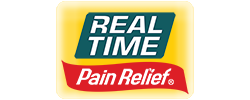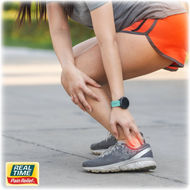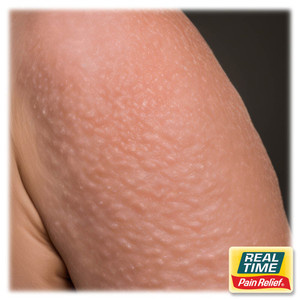10 Ways to Treat Achilles Tendonitis
24th Feb 2021
What is Achilles Tendonitis?
The Achilles tendon is the largest tendon in the body and runs from the heel of the foot to the back of the calf muscle. Working as a flexor between the foot and the calf muscle, the Achilles tendon is what helps us stand on our toes, and is used in walking, running and jumping. As important as this tendon is to our everyday life, it is also very susceptible to injury due to the limited supply of blood flow to the area and the stress and tension that it commonly receives. Tendonitis and other injuries can occur in anyone who performs enough physical activity that they place more stress than normal on that tendon. However, Achilles tendonitis and other Achilles tendon injuries are mostly found in athletes who spend a lot of time running and jumping, specifically runners. In fact, Achilles tendon injuries account for 5-12% of all running injuries (1). Achilles tendonitis can happen to a series of athletes including: runners, gymnasts, dancers, and football/baseball/basketball players. Those who spend a lot of time in speed training are more susceptible to develop Achilles tendon injuries or tendonitis. Achilles tendonitis has been described as a feeling of pain and swelling in the heel area when you are walking or running, most often felt when the heel strikes the ground. Most Achilles tendonitis cases occur at the “midpoint” of the tendon, a few inches above the heel. Other cases can be “insertional”, which occur an inch above the heel bone. The pain of Achilles tendonitis can be quite debilitating and keep runners and athletes off their feet for a while; however, it is fairly treatable. There are a number of treatment options that a sufferer of Achilles tendonitis can do at home, on their own time. These treatments are designed to either prevent Achilles tendonitis (AT) or stop the pain of AT all together, so that you can get back on your feet and back to your normal, pain-free exercise.
Find out what is causing your Achilles Tendonitis
- Overuse of the Achilles tendon arises from the repeated stress and strain, usually a result from endurance runners (2). Runners who are “weekend warriors,” or those who only run 1-2 times a week at a fast, hard pace, have been known to develop cases of AT. This type of training is hard on your tendon and it may become damaged because it is not prepared for the sudden increase of stress.
- Over-pronation can also lead to AT. Over-pronation involves the mechanical form we use when walking and running. While running, the ankle and the foot naturally pronate (extend inward and downward) and supinate (extend outward and upward) by approximately 5 degrees (3). Excessive pronation (extending more than the normal 5 degrees) can lead to tendonitis.
- Tight calf muscles can also create limited range in moving or flexing the foot. This keeps runners and athletes from their regular training because the pain can be too overwhelming. If you feel like your calves do not have enough muscle to help support the tendon, then this may be the root of your problem. Building strong calf muscles is actually a treatment option for AT, as well as strengthening the ankles to support the weight and stress placed on the Achilles tendon.
- Footwear
- Calf Strengthening
- Foam Roller
- Ankle Strengthening
- Gait Analysis
- Rest
- Contrast Bath, Hot and Cold Applications
- Surgeries and Other Alternatives
- What not to Do
FOR OVER 20 YEARS, FAMILIES ACROSS THE U.S. HAVE TURNED TO REAL TIME’S LOTIONS AND CREAMS FOR PAIN RELIEF YOU CAN TRUST®. FROM LIFESTYLE ESSENTIALS, THROUGH OUR NUJUVENA LINE, TO PAIN RELIEF FORMULAS, REAL TIME HAS YOU COVERED.





